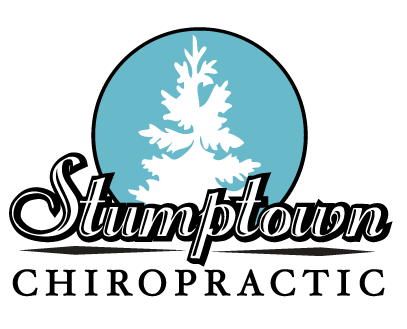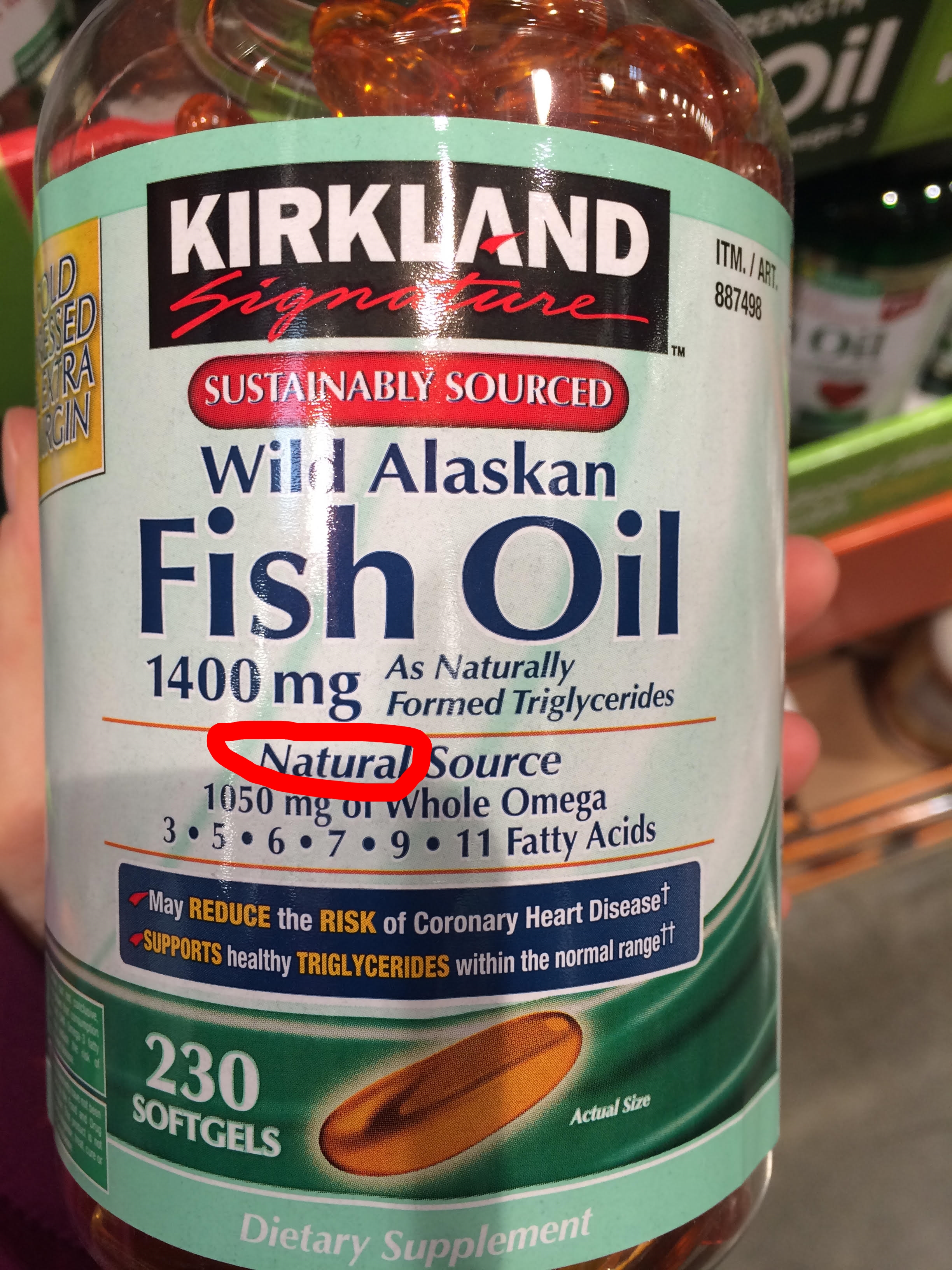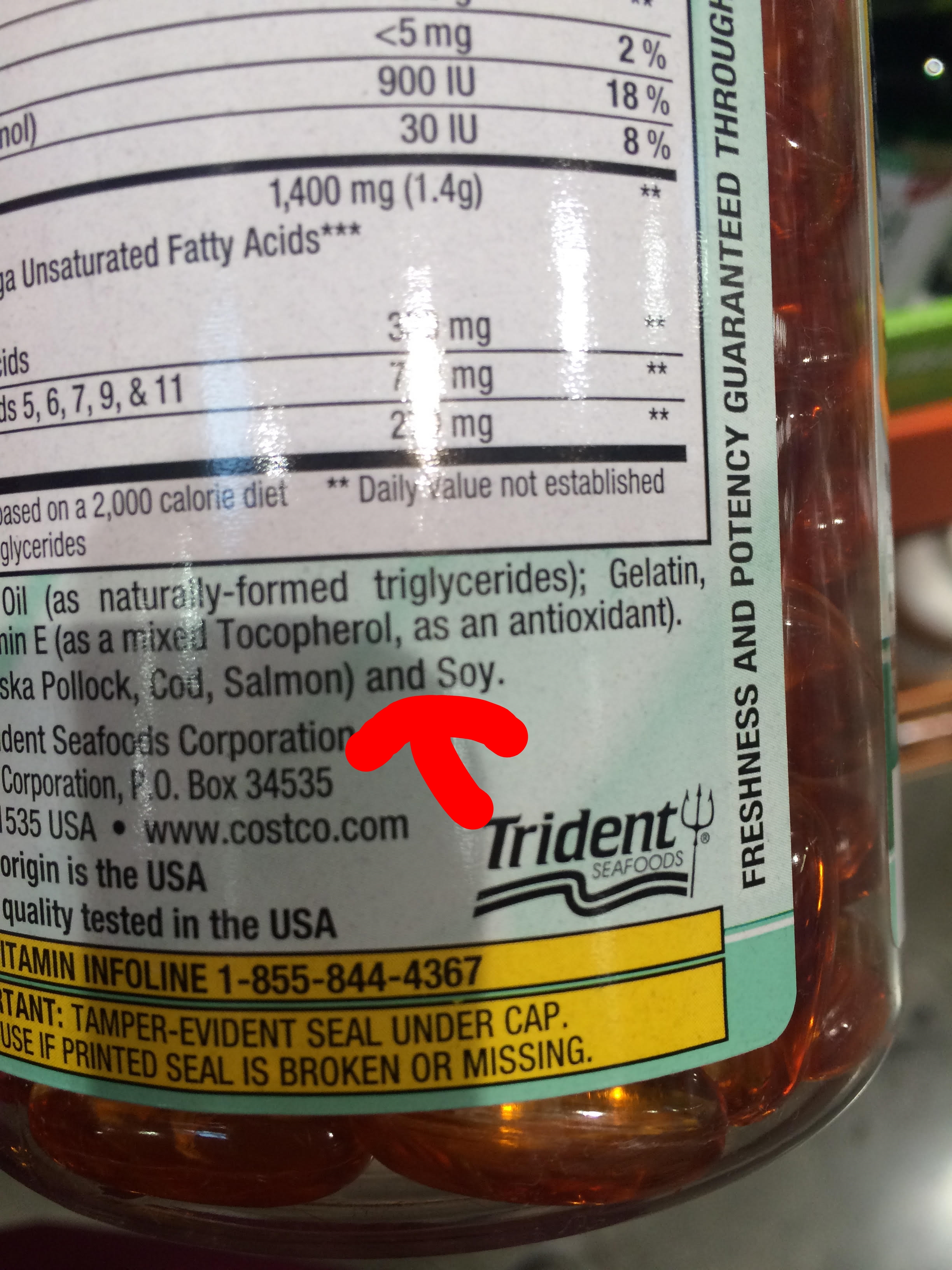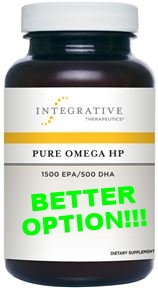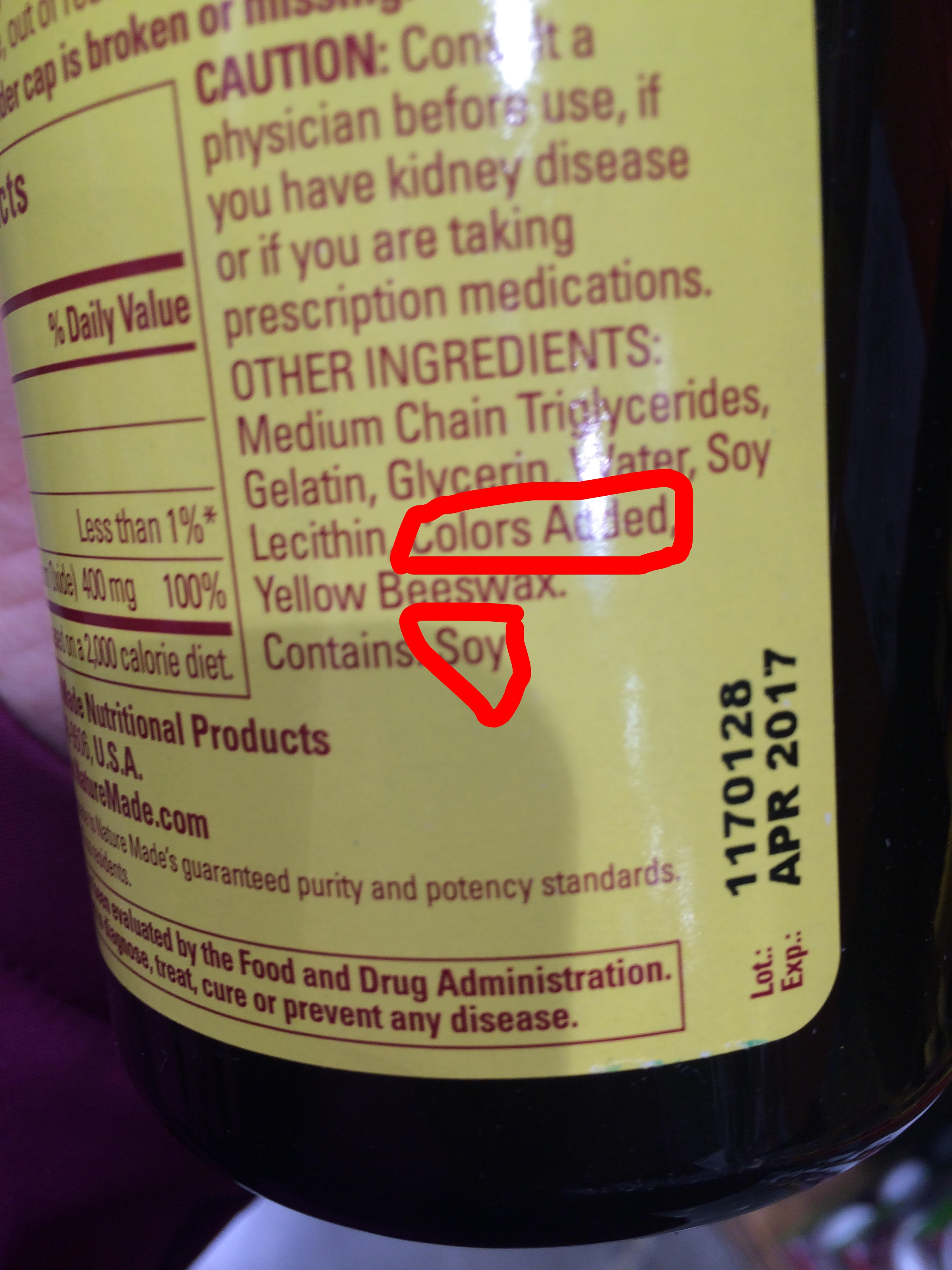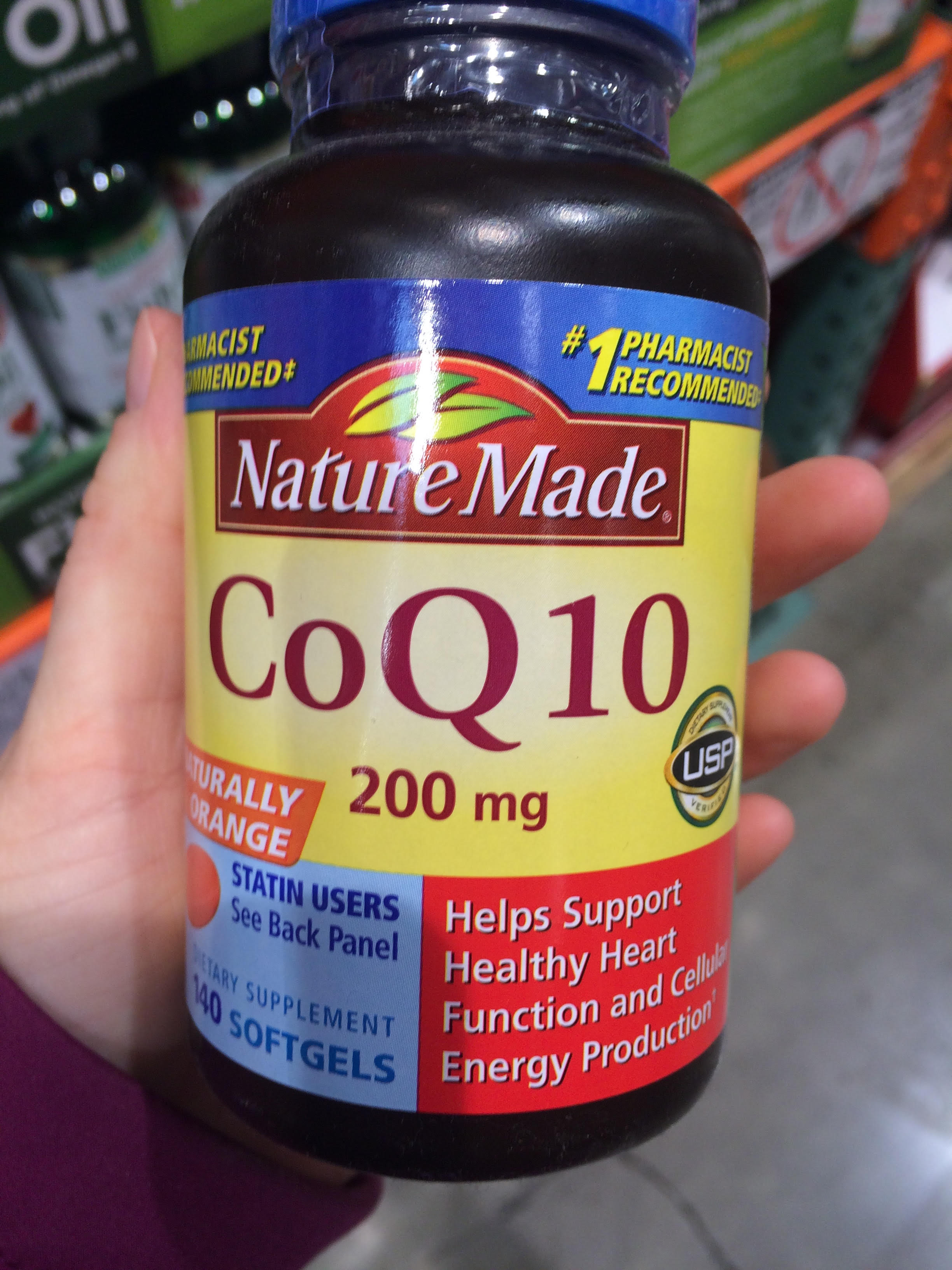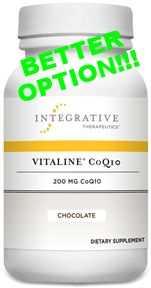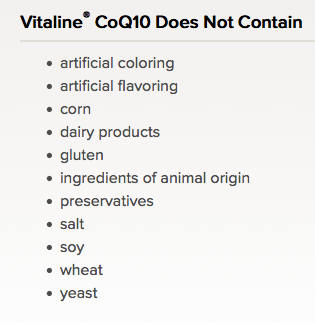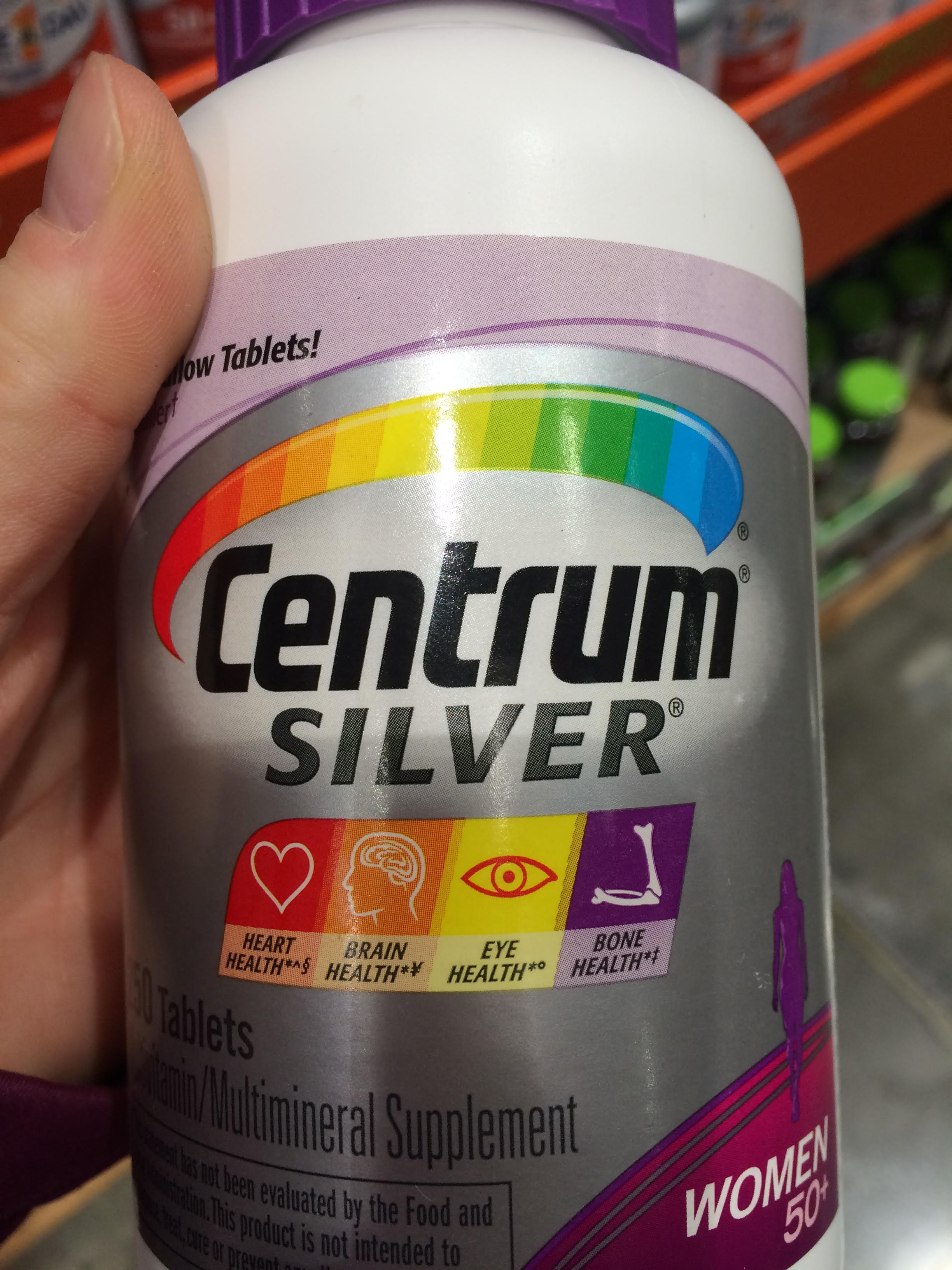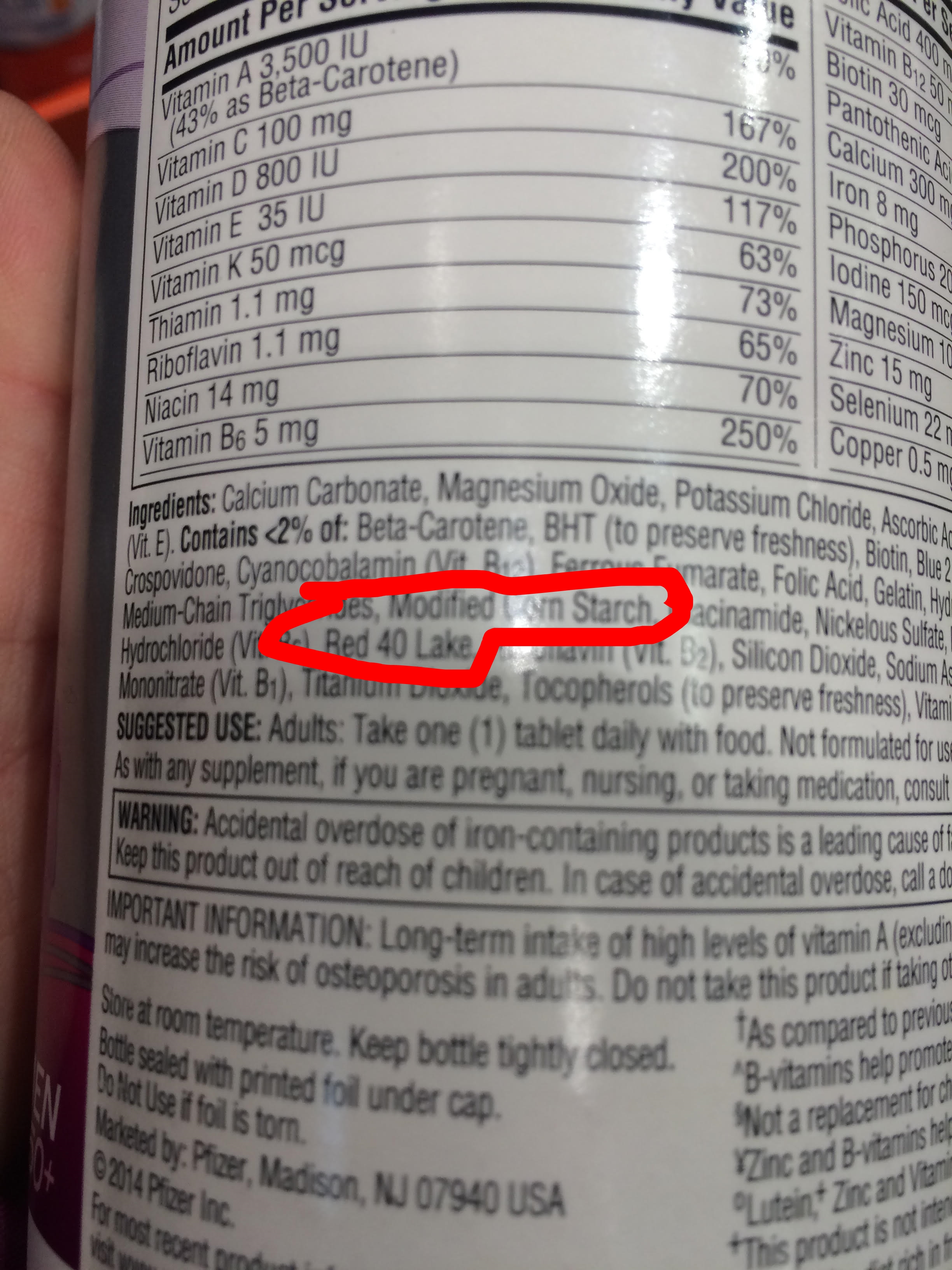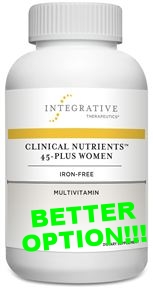This past weekend, Dr. Bartoszewski took a weekend continuing education course with Dr. Snell, regarding the evaluation and treatment of lumbar disc injuries.
If you've ever bent over to pick something up and got "stuck", have a history of sciatic pain down the back of your leg, pain rolling over in bed, getting in or out of a car or chair, or pain that's worse in the morning, you've more than likely experienced a disc injury at some point in your life.
Dr. Bartoszewski is able to evaluate your condition to determine if you are currently suffering from a lumbar disc injury. The good news is that most disc issues do resolve with time and proper treatment. To prevent these symptoms from coming back again and again, Dr. Bartoszewski is able to instruct you on specific movements you can do for pain relief and exercises to help strengthen your back and core, to prevent your low back pain from returning.
Dr. Bartoszewski actually experienced her own disc injury after moving to Portland. Dr. Snell's rehab program got her moving and back to practicing and lifting in the gym after completion of the program!
Schedule your appointment at Stumptown Chiropractic today!
